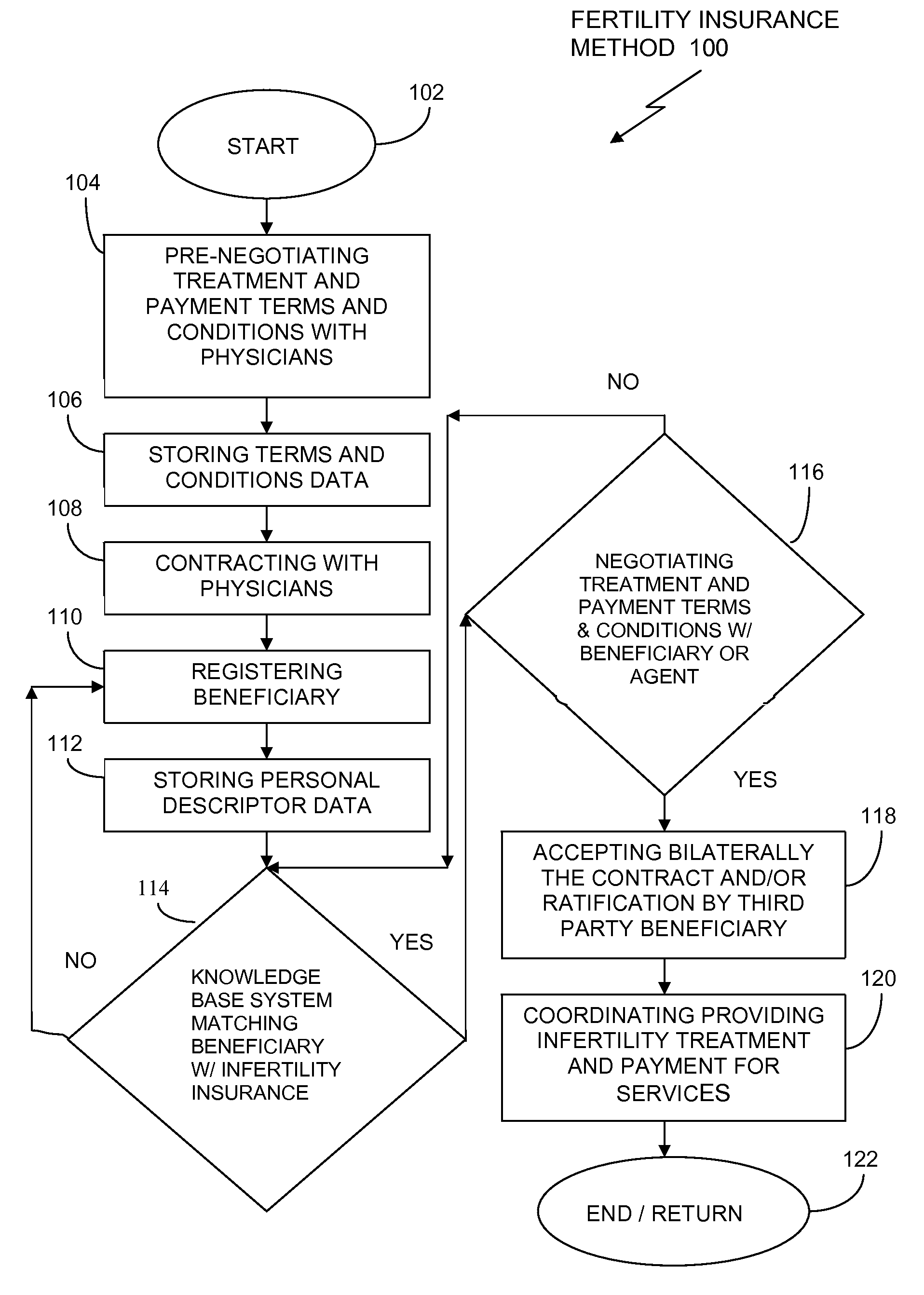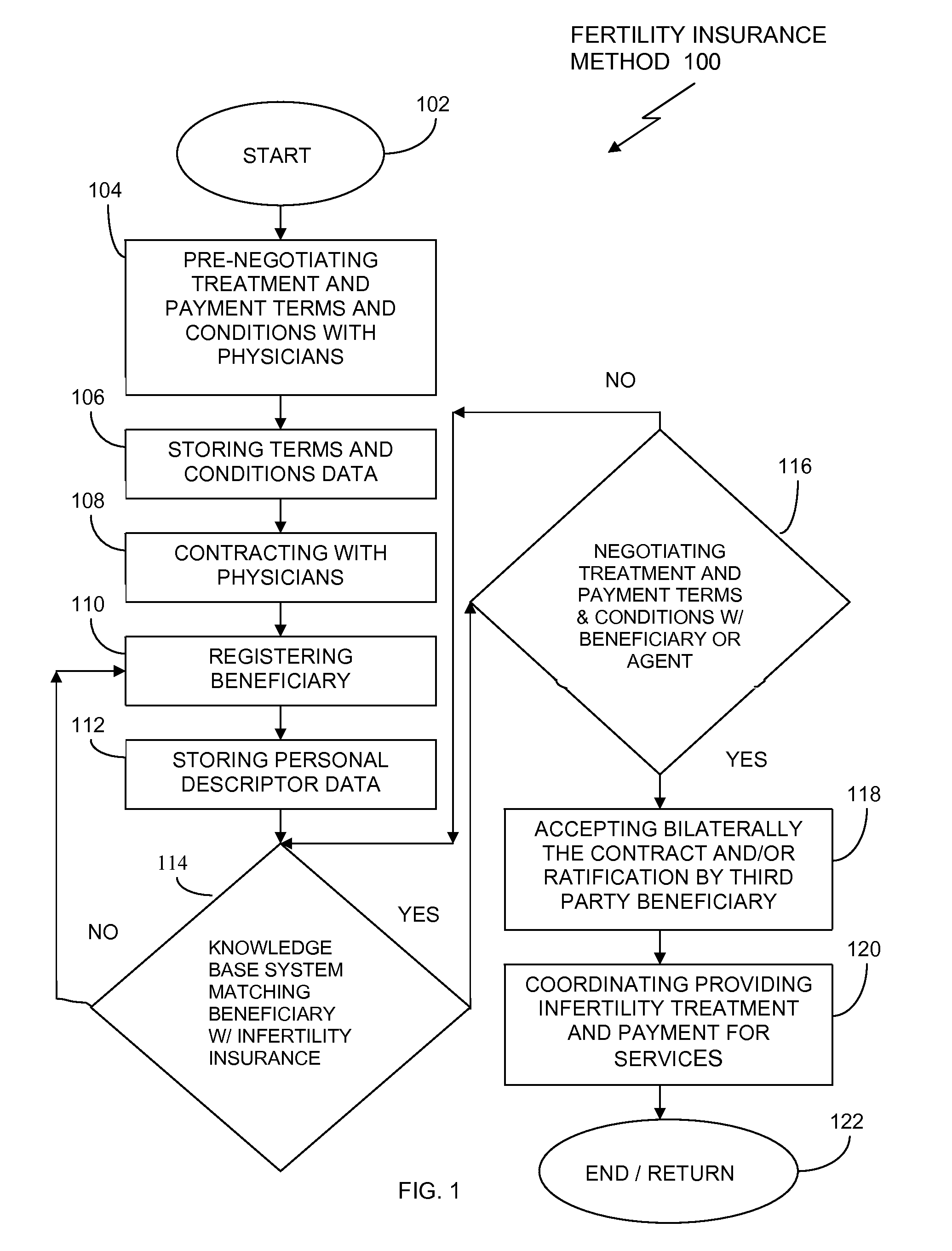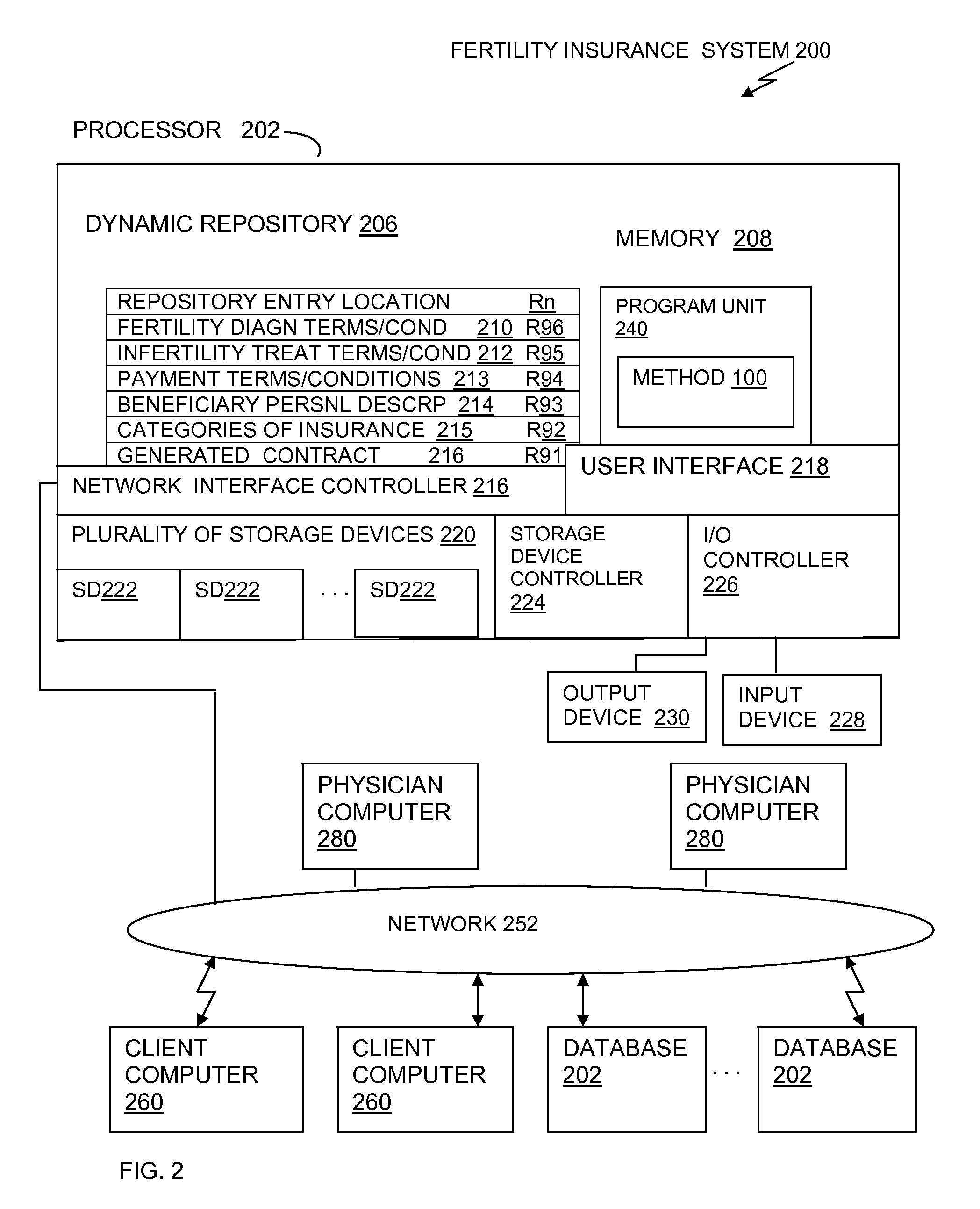Also, alternative life styles, i.e., same sex couples, offer a major challenge to options in
fertility treatments, which are not currently well recognized or addressed.
Currently there are gaps in services available, in regard to egg
cryopreservation.
However freezing of oocytes alone will not solve all of the potential future problems for these women.
Tubal
inflammation may go unnoticed or cause pain and fever.
One episode of tubal infection may cause
fertility difficulties.
These implants respond to the hormonal cycle and grow, shed and bleed in
sync with the lining of the
uterus each month, which can lead to scarring and
inflammation.
Occasionally they may cause infertility by blocking the fallopian tubes.
Certain cancers particularly female reproductive cancers often severely impair female fertility.
Excessive
caffeine consumption reduces fertility in the female.
CAUSES OF
MALE INFERTILITY: A number of things can cause impaired
sperm count or mobility, or impaired ability of the
sperm to fertilize the egg.
The most common causes of
male infertility include abnormal
sperm production or function, impaired delivery of sperm,
general health and lifestyle issues, and overexposure to certain environmental elements.
If the shape and structure (morphology) of the sperm are abnormal or the movement (
motility) is impaired, sperm may not be able to reach or penetrate the egg.
Because the testicles are exposed to the higher internal body temperature, compared with the temperature in the
scrotum, sperm production may be affected.
In the genetic defect Klinefelter'
s syndrome, a man has two X chromosomes and one
Y chromosome instead of one X and one Y. This causes abnormal development of the testicles, resulting in low or absent sperm production and possibly low
testosterone.
These infections can cause scarring and block sperm passage.
If mumps, a
viral infection usually affecting young children, occurs after puberty,
inflammation of the testicles can impair sperm production.
IMPAIRED DELIVERY OF
SPERM: Problems with the delivery of sperm from the
penis into the
vagina can result in infertility.
Difficulties with erection of the
penis (
erectile dysfunction), premature ejaculation, painful intercourse (dyspareunia), or psychological or relationship problems can contribute to infertility.
Use of lubricants such as oils or
petroleum jelly can be toxic to sperm and impair fertility.
Presence of these antibodies may complicate the reversal of a vasectomy.
Emotional stress: Stress may interfere with certain hormones needed to produce sperm.
A problem with fertility itself can sometimes become long term and discouraging, producing more stress.
Obesity: Increased body
mass may be associated with fertility problems in men.
The closer
radiation treatment is to the testicles, the higher the risk of infertility.
Alcohol and drugs:
Alcohol or
drug dependency can be associated with poor health and reduced fertility.
Anabolic steroids, for example, which are taken to stimulate
muscle strength and growth, can cause the testicles to shrink and sperm production to decrease.
Pesticides and other chemicals: Herbicides and insecticides may cause female
hormone-like effects in the male body and may be associated with reduced sperm production and
testicular cancer.
This may impair sperm production and lower sperm count.
Substance abuse: Use of cocaine or marijuana may temporarily reduce the number and quality of sperm.
Also, alternative life styles (same sex couples) offer a major challenge to options in
infertility treatments that are currently not well recognized or addressed.
Fertility insurance coverage in most if not all of these states is limited in scope and does not encompass the full range of options available for
infertility treatments.
These insurers are under heavy pressure to curtail and further reduce fertility coverage, treatments and benefits.
These State mandated insurers are for the most part limited and deficient.
The patient has not been able to achieve a successful
pregnancy through any other less costly infertility treatment for which coverage is available under the policy.
However, the law does not require those insurers to provide the coverage; nor does it force employers to include it in their employee insurance plans.
However, the law does not require those insurers to provide the coverage; nor does it force employers to include it in their health plans.
It is evident from the above that of the fourteen states which require insurers to either cover, or offer to cover some form of infertility diagnosis and treatment, provide, for the most part limited and deficient benefits that will be exhausted in a short time, often with many restrictions and conditions attached.
In today's difficult environment, where tough choices must be made by medical insurers to provide maximum
health benefits at a minimum cost, it is expected that even the limited and deficient infertility benefits available today will be further reduced and curtailed.
Some insurance companies currently assist in initial fertility evaluations of couples seeking to have children; these evaluations include:
semen analysis,
documentation of competent
ovulation and
documentation of tubal patency; however, such evaluations are costly.
In addition, the costs associated with infertility treatments are very expensive.
Few insurance companies provide insurance coverage and / or assistance for couples who contract with or who intend to contract with medical providers who perform the specialized medical procedures comprising infertility treatments either in the United States or outside of the jurisdiction of the United States.
Not only is the high cost of treating infertility prohibitive, but also the prohibitive nature of the costs generate significant stress for couples seeking infertility treatments; and this stress can cause relationships of some frustrated couples to end in separation and / or divorce.
There are no known comprehensive financial services and / or products that support or provide insurance coverage for all of the potentially required fertility diagnoses and infertility treatments and options.
 Login to View More
Login to View More  Login to View More
Login to View More 


